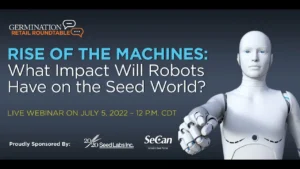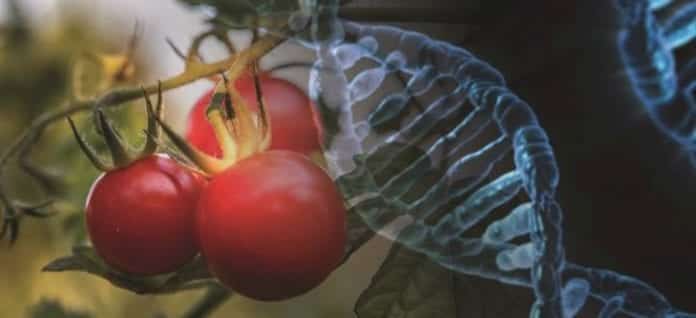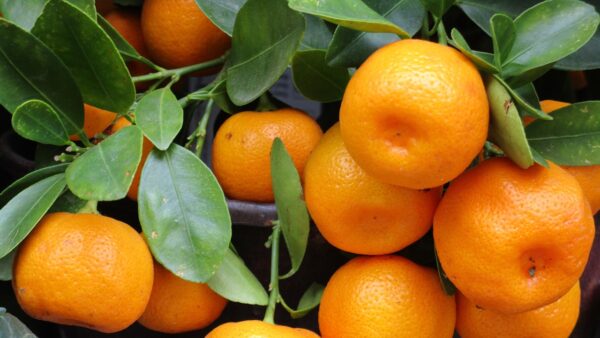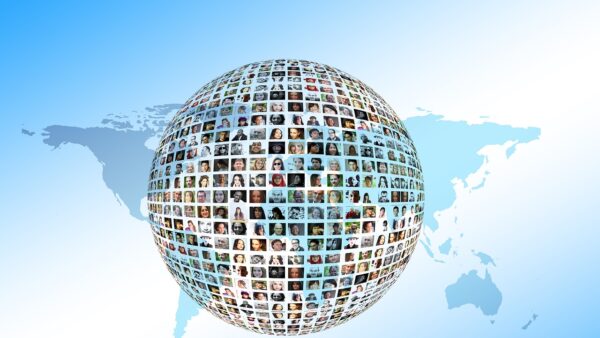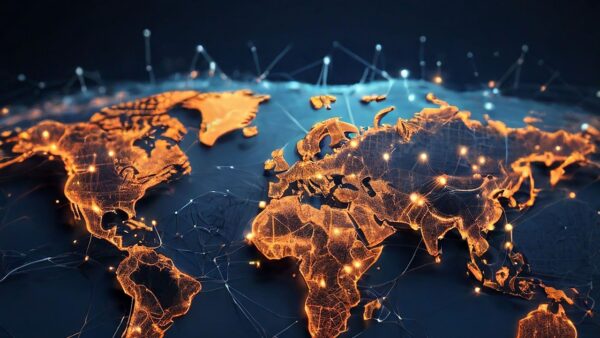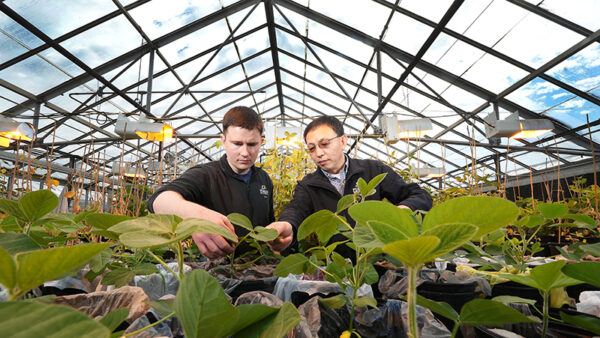Experts believe that AI has the potential to set the stage for the next Green Revolution.
Artificial Intelligence (AI) is the science of training machines to perform human tasks. The term was invented in the 1950s when scientists began exploring how computers could solve problems on their own. We take for granted how our brains effortlessly calculate the world around us, every second of every day. AI is the concept that a computer can do the same. While AI is the broad science of immolating human learning, machine intelligence (MI) is a specific subset of AI that trains the machine how to learn from data. MI models look for patterns in data and try to draw conclusions much as you or I would. The machines are not being explicitly programmed by people, you can actually give them examples and they will learn what to do from those examples.
Google’s Autonomous Car
Look at Google’s autonomous, self-driving car as a familiar example of AI applied to a routine task. It has lasers on the top which are telling it where it is in terms of the surrounding area. It has radar on the front, which is informing the car of the speed and motion of all the cars around it. Then, several times a second, it uses all that data to figure out not only how to drive itself, but also to figure out and predict what potential drivers around the car are going to do. The car is processing almost a gigabyte of data every second.
Algorithms, a sequence of instructions used to solve a problem, are developed by human programmers to instruct computers in new tasks. These algorithms organize enormous amounts of data gathered by Google’s cars sensors and stored in memory into information based on certain instructions and rules. It’s an important concept to understand because in machine learning, it is the learning algorithms, not computer programmers, that create the rules. Instead of programming the computer every step of the way, the MI approach gives a computer instructions that allow it to learn from data without new step-by-step instructions by the programmer. This means computers can be used for new, complicated tasks that could not be manually programmed.
The MI approach makes a huge difference because it is much easier for us humans to give examples than it is for us to write code. Once the algorithm gets really good at drawing the right conclusion, it can apply that knowledge to new sets of data. That is the life cycle of machine learning: ask the question, collect the data, train the algorithm, try it out, collect the feedback and use the feedback to make the algorithm better. This results in increased accuracy in performance.
SAS Institute Inc. Advanced Analytical Trainer Andy Ravenna says AI and ML both need very large amounts of granular data coming from extremely diverse sources to be able to find the patterns and learn.
“What is up and coming in future innovations is not necessarily that the mathematics is changing, but the types of things we can do is also expanding,” he says.
Machines began replacing humans in agriculture quite some time ago. Self-driving combines and tractors are a reality, using GPS sensors to precisely do what were once back-breaking jobs. Nostalgia aside, few would seek to return to the old way. To dispel the myths surrounding AI, it’s worth taking a deeper look at what AI can do. Far from being the precursor of humanity’s doom, AI may very well play a decisive role in solving one of the biggest challenges humanity faces: the global food security crisis.
Joseph Byrum, senior R&D and strategic marketing executive in Life Sciences, Global Product Development, Innovation, and Delivery, says an agricultural industry that incorporates advanced AI into all of its processes would deliver benefits on a global scale. It would mean better-informed decisions made more quickly and accurately despite rapid changes in the environment. It would mean more stable commodity markets as traders act on knowledge instead of speculation. It means a mitigation of the environmental impacts of farming as inputs are precisely delivered. Most importantly, it would mean driving the innovation that’s needed to deliver food on the scale needed to feed 9.8 billion by 2050.

“Technology that promises to unleash agricultural productivity is here today,” Byrum says. “The combination punch of advanced mathematics, automation, advancements in sensor systems and next-generation plant breeding are setting the stage for the next Green Revolution, which we need to ensure a sustainable future.”
He explains:
1. The mathematics revolution
We’re long overdue for a mathematical revolution in agriculture. The power of advanced mathematics is boosting farm productivity made accessible by the processing capabilities in the latest generation of computing hardware and software. For example, farmers can now know the best time to plant crops by looking at historical data and using simulation models to make informed choices based on current conditions, rather than guesswork. Plant breeders also take advantage of advanced mathematics to identify crop varieties with higher yields and other desirable traits. Finally, the mathematical revolution can help schedule everything from the harvest to loading trucks in a way that ensures fresh crops make it to the market. In other words, the mathematics revolution brings to the entire agricultural supply chain the power to make informed decisions about using natural resources wisely.
2. The sensing revolution
The mathematics revolution can only deliver these benefits if the simulation models are fed high-quality data. That need is being met by advanced sensor technologies that are enabling a real-time understanding of what’s happening on the modern farm, unlike anything seen in the past. The latest equipment takes advantage of networks of smart sensors that monitor the health of the soil along with a plant’s water and nitrogen needs. Knowing precisely how much water is needed helps optimize irrigation, conserve scarce resources and maximize yields. Getting the amount of nitrogen and water right is absolutely essential to preserving the environment.
For livestock, collars equipped with RFID, biometric sensors and GPS combine to allow real-time monitoring of the location and health of farm animals, ensuring that ranchers and farmers will be able to respond quickly to any potential problem.
3. Putting it together with automation
Automation works hand-in-hand with advanced mathematics and high-resolution sensing to ensure that planting, harvesting, irrigating and the application of other inputs are performed with absolute precision. Agricultural robots, or agbots, are automating tedious tasks. Combine hundreds of these energy-efficient agbots and you end up with robotic farm swarms, which work in a network to monitor conditions and harvest crops without the need for human intervention, which means fewer farm injuries and less environmental waste. Such projects are currently in testing stages.
4. Next generation plant breeding for corn
Growing plants in a smarter way represents only half of the task agriculture faces. It’s just as important to breed better plants. That’s why perhaps one of the most exciting advances to watch for is the development of corn hybrids selected and adapted to thrive when planted in high densities. This makes possible a step-change in yield delivered per acre.
Higher productivity in agriculture isn’t a luxury, it is a necessity. The world’s population will grow by two billion in the decades ahead. We can only feed all of these people if we are smart about how we boost yields in our industry. Paying attention to the environment, biodiversity and the needs of smallholder farmers is key to doing this in the right way. As these advances continue to develop, it will be clear that the future has never been brighter in agriculture.
Daniel Newman, an analyst at Futurum Research, agrees with Byrum’s optimism.
“I believe that the future of agriculture depends on its digital transformation,” he says. “Farmers will benefit from each of these digital transformation trends in agriculture, giving them freedom from concerns over the environment, a better yielding crop and the ability to manage their crops in new and efficient methods. As our population continues to grow, our agricultural methods must grow with it. It’s time to take advantage of the technology we have at our disposal to put food on our table and create peace of mind for our farmers.”




